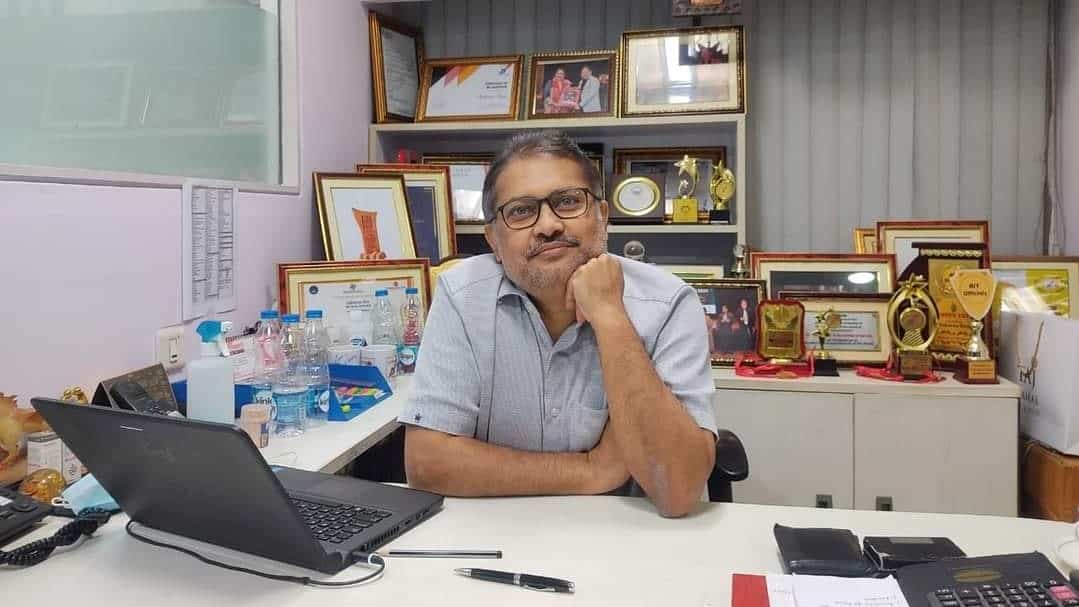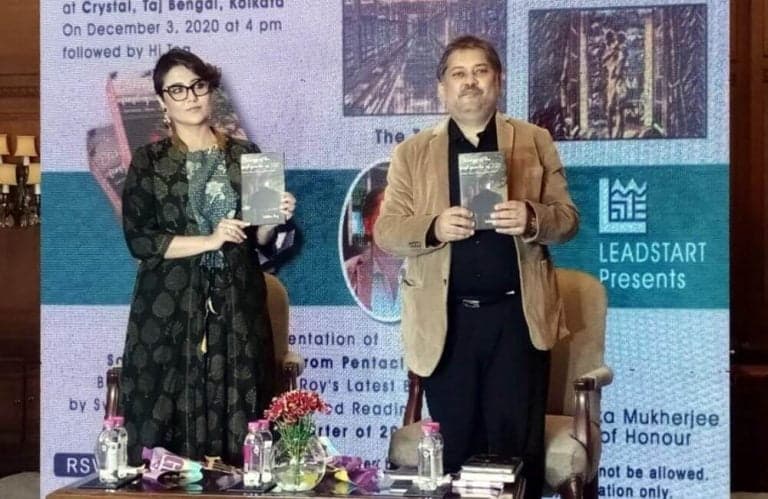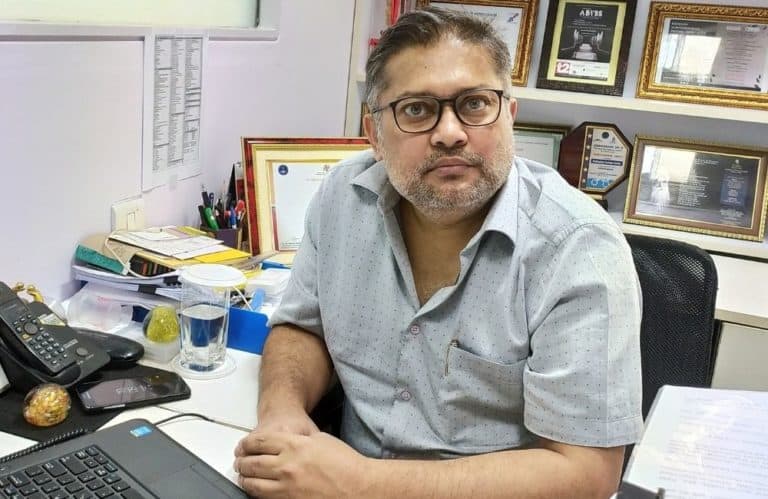Water Sustainability: Key developments in the Indian irrigation sector
Current irrigation challenges in India and the way forward
It is known that 89 per cent of water in India is consumed for irrigation. Today, the major concern is the lack of sustainability of the water sector in India. The Indian government has adopted the path of self-sufficiency in food grains through irrigation by creating a large number of dams and canals. India has extracted a colossal amount of groundwater, which amounts to 25 per cent of the world’s ground water storage, resulting in the construction of around 50 million water retaining structures. The steps that should be taken for water sustainability and water asset management are:
- Emphasis on the modernisation of water systems to increase water efficiency.
- Use of some yardsticks to measure the efficiency of irrigation projects.
- Careful selection of the cropping pattern based on the water availability of that region.
- Increased focus on micro irrigation.
- Efficient utilisation of rainwater available during the three months of monsoon for the remaining nine months.
- India is the greatest extractor of groundwater in the world (combined with that of the US and China). This is drying up the aquifer. Groundwater management programmes are being taken up by the government.
- Launch of new schemes like the Atal Bhujal Yojana to involve participatory groundwater management on the demand side so that there is parity between the esupply side and the demand side.
- Finally, all the states must focus on how to irrigate more area with less water.
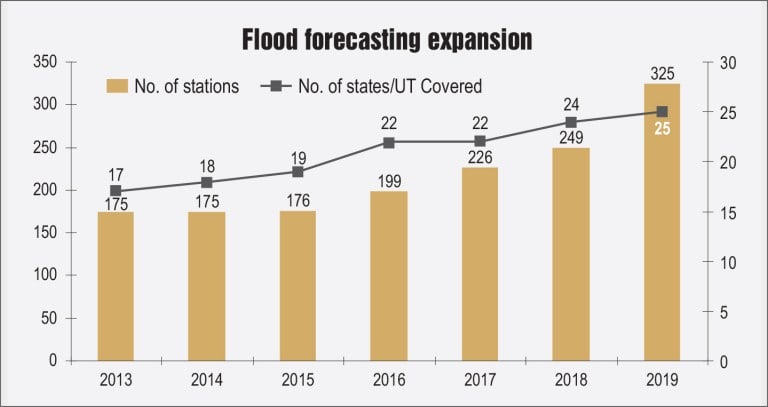
Regulatory interventions in the water sector in India
Water regulatory authorities in India have formulated State Water Policies in Maharashtra, Uttar Pradesh and Jammu & Kashmir, which have helped control the water usage.
The key features of the State Water Policy of Maharashtra are:
- Separate water tariffs for the agricultural, domestic and industrial sectors.
- Implementation of water entitlement was another major inclusion.
- Integration of regulatory guidelines at three different levels – policy level, institutional level and administrative level
Roles and activities of the Maharashtra Water Resource Regulatory Authority (MWRRA)
- To regulate both surface water and groundwater of the state
- To determine bulk water tariff for agriculture, industrial, domestic and other purposes
- To accord clearances to water resources projects
- To act as the State Ground Water Authority
- To support enhancement and preservation of water quality
Indian National Committee on Irrigation and Drainage (INCID)
The Central Water Commission (CWC) is hosting the Indian National Committee on Irrigation and Drainage (INCID). INCID, CWC and ICID closely cooperate in the water resources sector, contributing to knowledge dissemination through workshops, conferences, seminars, etc.
In line with the objectives of ICID, CWC is engaged in various activities in the fields of:
- Irrigation, development, and management
- Development of hydropower energy
- Flood forecasting
- Rehabilitation and modernisation of dams and irrigation projects
- Trans-boundary and inter-state water management issues
Capacity building
Irrigation, command area development and micro irrigation in India
- Irrigation potential has increased from 22.6 million hectares (mha) in 1951 to 126.73 mha by the end of 2017.
- Food grain production increased from 51 million tonnes (mt) (1950-51) to 295 mt (about six times) by the end of 2017.
- Accelerated Irrigation Benefits Program (AIBP): Initiative of the Government of India (GoI) for last-mile funding and technology support for early completion of irrigation projects.
- The Command Area Development (CAD) programme was launched by GoI in 1974-75. It was restructured and renamed as Command Area Development and Water Management (CADWM) in 2004. The objectives of the CADWM programme are to bridge the gap between the irrigation potential created (IPC) and the irrigation potential utilised (IPU). It also improves water-use efficiency and increases agriculture productivity and production. It provides last-mile connectivity in the delivery of irrigation water and participatory irrigation management (PIM).
- The National Mission on Micro Irrigation (NMMI) under the Ministry of Agriculture (as part of the National Mission on Sustainable Agriculture) provides financial support to farmers. The potential for micro irrigation was 69.5 mha. Till now, 10 mha has been achieved.
Recent initiatives on improving irrigation efficiency include:
Mandatory implementation of micro irrigation in at least 10 per cent of the command area in AIBP and CADWM programmes.
Emphasis on the pipe distribution network in order to avoid land acquisition and wastage of water. CWC has prepared a guideline on the planning and design of pipe irrigation regarding this.
Flood management and its measures
- Extensive flood management is taking place by increasing the construction of embankments, channel/ drainage improvement, flood plain zoning as per the model bill of 1975, circulated by the Ministry of Irrigation.
- Modernisation in flood forecasting by collecting automatic real-time data and communication. Three days of advisory forecast based on rainfall-runoff modeling and collaboration with Google for inundation forecast (sevel levels forecast stations-11,000 square km, this is planned to increase three times during this year).
- Establishment of the water resources information system (India-WRIS) for easy availability of water-related data for planning, development and research.
Capacity building
- lIn view of Covid, the National Water Academy (NWA) (training institute of CWC) and ICID have recently joined hands to use digital learning tools for trainings:
- Principally, it has been agreed to collaborate for conducting training and capacity building through digital learning in irrigation and water management including micro irrigation, and water use efficiency, flood and drainage.
- The training material is provided by NWA, and CWC is under review.
- Modular Object-Oriented Dynamic Learning Environment (MOODLE) platform available with ICID will be used.
- The target audience for distance learning will be water resources and irrigation professionals, farmers, non-government organisations, agriculture extension staff, students, international participants especially from the member countries of ICID, etc.
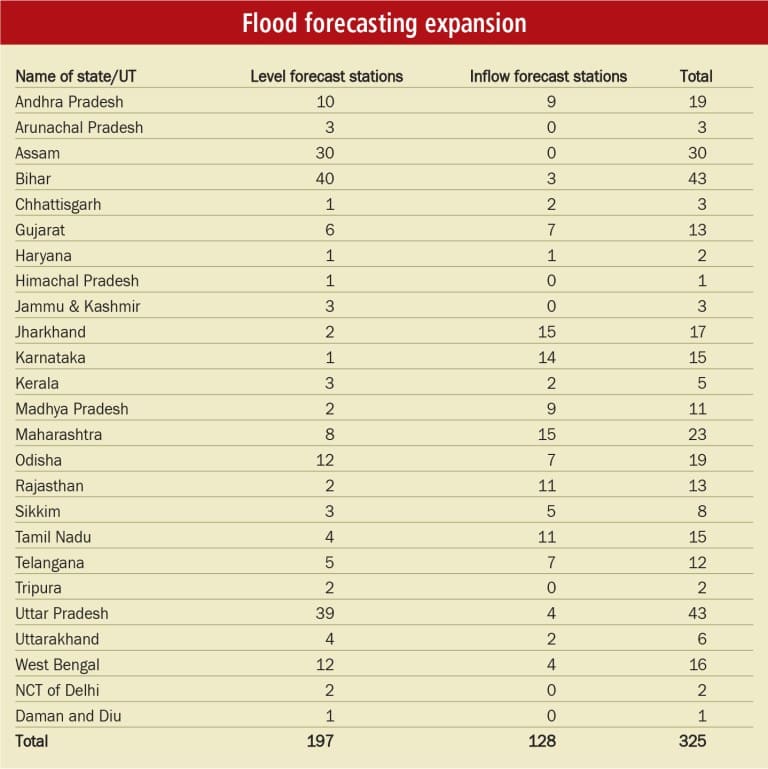
Conclusion
Regulatory policies in India are changing to create a more sustainable environment with the implementation of water entitlement in the agricultural sector. Modernisation in tools is to be executed to account for water efficiency, data collection, storage and mapping and hands-on training of water resources personnel. Regulations on bulk water tariff, equitable distribution of water in sub-basin and dispute resolutions are being handled on a serious note. The mandatory implementation of micro irrigation and flood forecasting with the help of innovative technologies will be a keystone in the forthcoming years.
Source: indianinfrastructure.com

